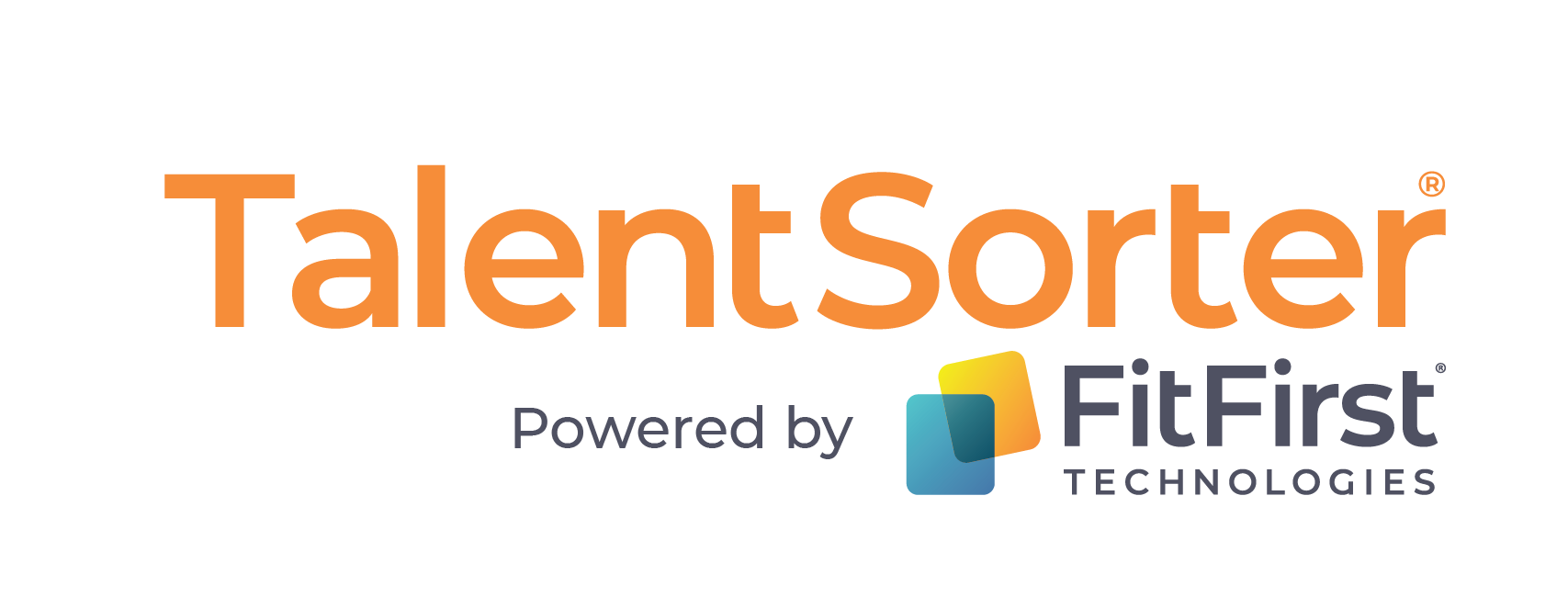It is tempting to dismiss the mass of statistical evidence supporting the importance of engagement. After all, we are just a small business in relation to these massive global studies. You may be surprised to learn what one mining company found.
You have by now no doubt have read numerous articles here and elsewhere about employee engagement and the payoff that occurs when employees are actively engaged.
Numbers from Gallup that cite a 300% higher productivity from Actively Engaged employees versus Actively Dis-engaged is just one example. Lower turnover? Check. Higher shareholder returns? Check. Fewer workplace accidents? Check. Higher customer loyalty? Check.
So why is it that we aren’t all clamouring to do something about employee engagement? Perhaps it is because all of these numbers come from global studies? Perhaps we don’t believe that such ‘macro data’ actually translates down to something meaningful in any one particular business?
So let’s not fool around with global studies that prove over and over that the cost of not engaging employees runs around 25% of total payroll. Instead, consider these live examples from a company that has studied the impact of engagement in their mining operations. You might be inclined to think that miners are tough, resilient types who adapt easily to the conditions around them. Could ‘engagement’ really be that important to them?
This is a global mining company with over 19,000 employees. In their last engagement survey the overall score for the organization was in the somewhat engaged range. This alone indicates a very high rate of lost productivity. However, the real cost of the lack of engagement becomes more striking as you compare key indicators in their top quartile operating units versus the operating units that scored in the bottom quartile.
Consider these statistics comparing the 6 mines that scored highest in their last engagement survey versus the 5 mines that scored at the bottom in the survey:
- The number of days lost to injury on the job in the top 6 mines was half that of the 5 sites that scored in the bottom quartile.
- The number of workplace hazards reported in the bottom quartile operations was 1/3 fewer than the number reported by the top quartile operating employees.
- The number of sick days taken in the top quartile operations was ½ of those taken in the bottom quartile group.
- Turnover was 50% higher in the low-engagement sites.
With 19,000 employees in these sites and these statistics it is easy to see how focusing on fixing the issues in their 5 worst performing mines would be a very significant savings in these areas alone.
However, in further discussions with them they also talked about how the costs of their disengaged employees that they can’t directly track or quantify include a potential loss of creative solutions, new innovations, etc. In an industry focused on extracting the highest yield possible at the lowest cost, ingenuity (and having access to your people’s best ideas) is critical.
These are just some of the hidden costs of not creating a High Performance Culture in which employees can engage and give you their discretionary effort. When we are faced with examples like these, the key question is this: “what would it take to get every CEO to embrace the potential in measuring and fixing employee engagement?”
[vc_row][vc_column][rd_cta style=”rd_cta_2″ title=”Try Our Scientific Solution to Successful Hiring” left_border_color=”#04bdce” button_text=”FREE TRIAL” button_link=”https://www.talentsorter.com/free-trial/” target=”_self” button_color=”#ffffff” button_bg_color=”#04bdce”]With our Software You’ll Spend 80% Less Time Sorting through Resumes, 70% Less Time Interviewing, and Reduce Turnover 20-60%! Start a FREE TRIAL (no credit card required)[/rd_cta][/vc_column][/vc_row]
